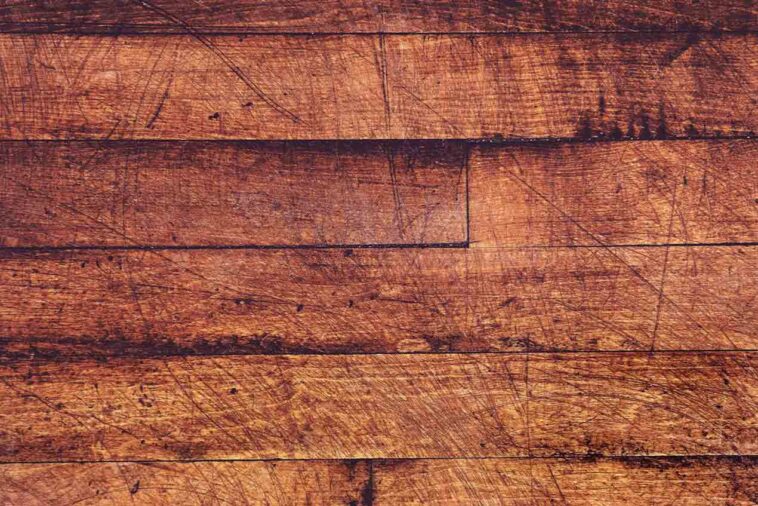Wooden floors add elegance and warmth to any office space. However, the constant movement of chairs can cause scratches and damage.
Protecting your office wood floors from chair-related wear and tear is crucial. This blog post provides practical tips and solutions to chair-proof your office wood floors, ensuring they remain beautiful and durable for years.
Understanding the Impact of Chairs on Wood Floors
The Nature of Damage
Chairs, especially those with hard chair casters or legs, can be harsh. Each movement can leave scratches, dents, and marks. Over time, this damage can lead to costly repairs. Understanding how chairs impact it is the first step in prevention.
Identifying High-Risk Areas
Areas under desks and around tables are most susceptible to damage. These high-traffic zones experience constant chair movement. Identifying these areas helps in focusing protection efforts where they are most needed.
Choosing the Right Chair Mats
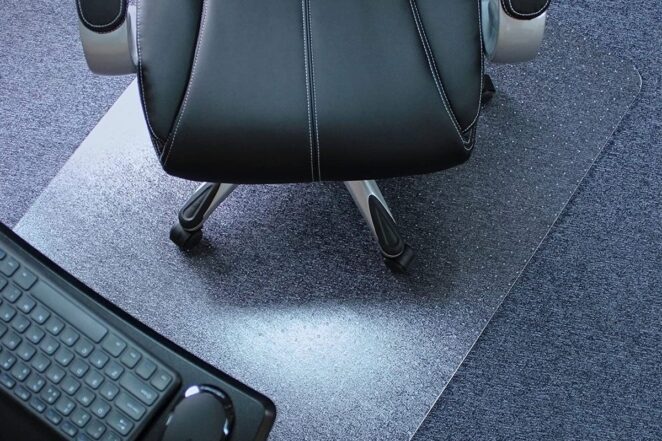
The Benefits of Chair Mats
Chair mats are an effective solution to protect the ground. They act as a barrier, absorbing the brunt of chair movements. Chair mats also make it easier to move chairs, reducing the likelihood of scratches caused by dragging.
Selecting the Right Material and Size
When choosing a chair mat, consider materials that are gentle on wood ground. Polycarbonate mats are durable and less likely to discolor the floor. Size is also important. Ensure the mat covers the entire area where the chair moves.
Opting for Suitable Casters and Felt Pads
The Role of Casters
Casters play a significant role in floor protection. Soft rubber or polyurethane casters are less damaging than hard plastic or metal ones. They distribute weight more evenly and roll smoothly, minimizing scratches.
The Importance of Felt Pads
Felt pads are a simple yet effective solution. They can be attached to the bottom of the chair legs, providing a soft barrier between the chair and the floor. Regularly check and replace worn pads to maintain protection.
Regular Maintenance and Care
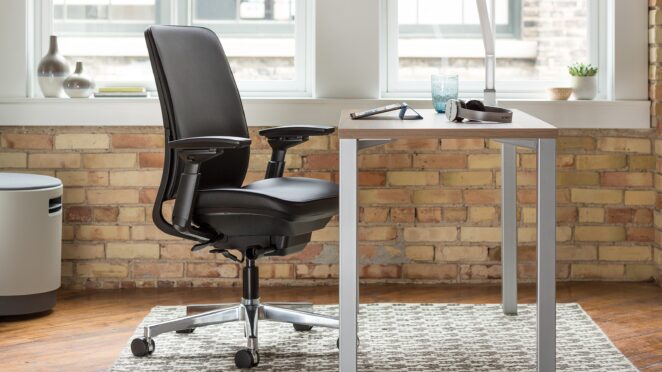
Cleaning and Upkeep
Keeping it clean can prevent scratches. Dirt and debris act like sandpaper under chair legs. Regular sweeping and cleaning with appropriate cleaners are essential. Avoid harsh chemicals that can damage the wood finish.
Periodic Floor Assessments
Regularly assess your ground for signs of wear and tear. Early detection of damage can prevent more extensive repairs. Consider refinishing or repairing areas that show significant wear.
Implementing a No-Shoe Policy
The Advantages of a Shoe-Free Office
A no-shoe policy in the office can significantly reduce the amount of dirt and grit brought onto floors. These elements often contribute to scratches and wear.
By keeping shoes at the door, you limit the external elements that can damage the floors. Additionally, this practice promotes a clean and hygienic environment, reducing the need for constant floor cleaning.
How to Introduce and Maintain the Policy
Introducing a no-shoe policy requires clear communication and alternatives for employees. Providing shoe racks and encouraging the use of indoor shoes or slippers can ease the transition.
Regular reminders and signage can help maintain the policy and ensure compliance, contributing to long-term preservation.
Strategic Furniture Placement and Area Rugs
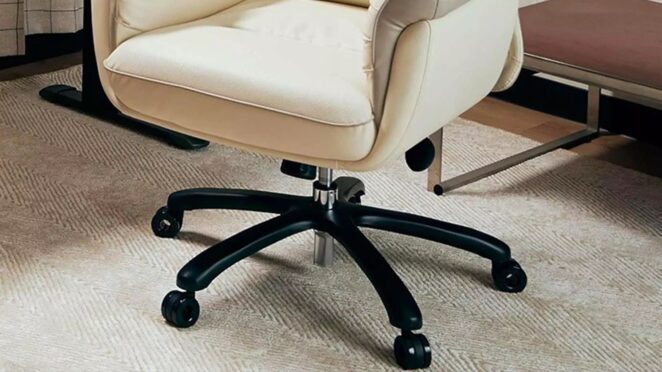
Planning Your Office Layout
Strategically placing furniture can minimize the movement of chairs and, therefore, reduce the wear on wood ground.
Consider arranging desks and tables in a way that limits how many chairs need to be moved. Utilizing area rugs under desks and tables can also provide an additional layer of protection, absorbing the impact of chair movements and enhancing the aesthetic appeal of the office.
Educating Staff and Encouraging Responsible Use
Importance of Staff Awareness
Educating staff about the importance of protecting it is crucial. Awareness can lead to more conscientious behavior, such as avoiding dragging chairs and promptly reporting any spills or damage. This collective responsibility helps in maintaining the floors’ condition.
Creating a Culture of Care
Encouraging a culture of care involves regular meetings or communications about office maintenance.
Recognizing and appreciating efforts to protect the floors can motivate staff to continue these practices. This approach not only preserves the floors but also fosters a sense of pride and care in the workplace environment.
Regular Floor Polishing
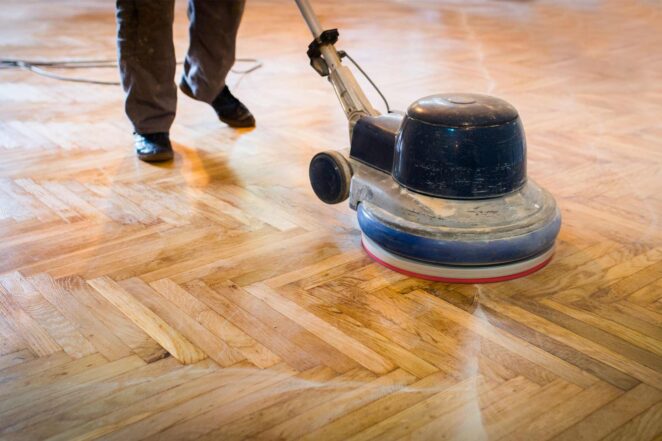
Regular polishing is essential for maintaining and prolonging the life of office wood floors. This process not only enhances the wood’s natural shine but also provides a protective layer, filling minor scratches and guarding against wear.
For optimal results, use a quality wood floor polish as per the manufacturer’s guidelines. Polish the floors every few months or more frequently depending on foot traffic, ensuring they remain in prime condition for years.
Temperature and Humidity Control
Stable temperature and humidity levels are vital for the health of wood floors, as fluctuations can cause damage through expansion and contraction.
Maintain a consistent temperature and keep humidity between 30% and 50%, using humidifiers or dehumidifiers as needed. Avoiding extreme environmental changes helps prevent cracks, warping, and other structural issues, extending your floors’ lifespan.
Professional Inspection
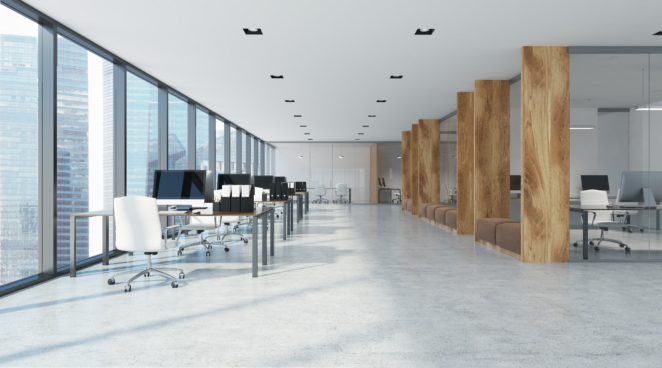
Routine inspections by professionals are key to the long-term care of office wood floors. Regular maintenance addresses common concerns, but experts can spot and diagnose emerging issues, such as moisture damage or infestations, that require special attention.
Regular professional evaluations can help avert expensive repairs or replacements. Incorporate these inspections into your maintenance plan to preserve your floors’ beauty and functionality.
Conclusion
Protecting your office wood floors from chairs requires a combination of preventive measures and regular maintenance.
By using chair mats, suitable casters, and felt pads, and maintaining a regular cleaning schedule, you can preserve the beauty and integrity of your wood floors. Remember, a little effort goes a long way in keeping your office space elegant and professional.



